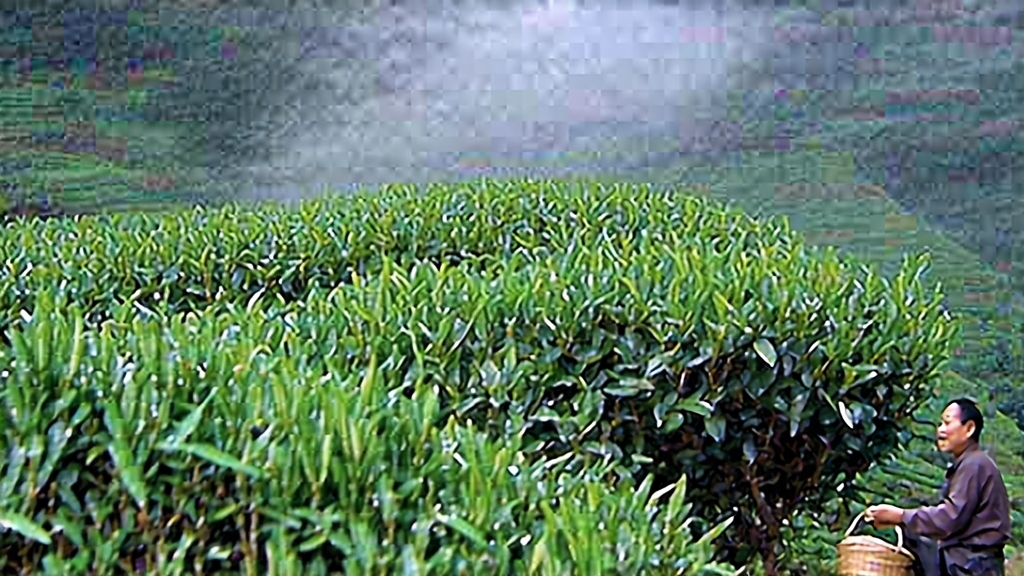
Tucked between the mist-laden peaks and the vast mirror of Lake Tai in Jiangsu Province, the tiny village of Dongting has given the world one of green tea’s most fragrant legends: Biluochun, whose name literally means “Green Snail Spring.” To international drinkers accustomed to the grassy simplicity of sencha or the roasted depth of gunpowder, Biluochun arrives as a revelation—an aroma that oscillates between ripe peach and white orchid, a liquor the color of early morning sunlight, and a leaf so delicately curled that it resembles a miniature jade snail. This essay invites you to travel from Tang-dynasty court records to twenty-first-century organic gardens, tracing how a once-secret imperial tribute evolved into a globally coveted cup, and how you, in your own kitchen, can coax its full spectrum of flavor without ever boarding a plane.
Historical tapestry
The first written mention appears in the Tang dynasty (618-907) treatise “The Classic of Tea,” where Lu Yu lists a tea from the same micro-region under the humbler name “Xia Sha Ren Xiang” (“Scary-fragrant of the summer sands”). Local lore offers a prettier etymology: a tea picker, her basket already full, tucked fresh buds between her breasts; body heat released an intoxicating perfume that startled her. By the late Ming dynasty the name had softened to “Biluochun,” referencing both the spiral shape and the season of picking. The Kangxi Emperor (r. 1661-1722) is said to have tasted it on a southern inspection tour, immediately declaring it a “tribute tea” and awarding its present elegant title. For three centuries the finest lots were escorted north by mounted courier, wrapped in silk and lotus leaves, to disappear behind palace walls. Only after the 1911 revolution did surplus leaves begin trickling into Shanghai’s foreign concessions, where expatriate merchants mistook the intense fruitiness for added flavoring and nicknamed it “China’s perfumed tea.”
Micro-terroir and cultivar nuances
Authentic Biluochun comes exclusively from the Dongting Mountain range—actually two islands, Dongshan and Xishan, thrusting out of Lake Tai like a pair of green lungs. The lake moderates temperature, while porous granite soil drains quickly yet retains just enough moisture to stress the bushes into concentrating aromatic oils. Two cultivars dominate: the small-leaf “Fuding” strain that yields the classical white-peach note, and the newer “Dongting #2” selected for frost resistance and brighter lime-colored liquor. Above 300 m elevation, morning fog filters UV light, prompting higher production of linalool and geraniol, the same terpenes found in peach skin and citrus blossom. Gardens interplanted with peach, plum, and loquat trees further complicate the aromatics; bees transfer pollen that settles on tea leaves, adding an ineffable floral layer impossible to replicate elsewhere.
Crafting the spiral: a 15-hour choreography
Harvest begins when the overnight temperature hovers between 12 °C and 18 °C, usually two weeks after Qingming festival. Only the terminal bud plus the adjacent half-expanded leaf are plucked—roughly 60,000 such sets for every 500 g of finished tea. The moment the basket is full, leaves are spread under bamboo canopies for three hours of withering, reducing moisture to 68 % and softening cell walls. Next comes the most visually dramatic step: pan-firing in a 180 °C wok. A master maker tosses the leaves with one hand while the other presses them against the iron surface in a spiral motion lasting exactly 4.5 minutes. The gesture is so precise that veteran craftsmen develop a thickened callus on the radial side of the thumb. Temperature is then dropped to 80 °C for a further 20 minutes of rolling and shaping; the leaf gradually curls into the signature snail shell. Finally, a gentle 50 °C bake for 90 minutes drives residual moisture down to 5 %, locking in the aroma. Throughout, the maker relies on sight, smell, and the rustle of leaves—no thermometers or timers—passing knowledge from father to son in a lineage that rarely extends beyond the village.
Grading the emerald snails
Chinese national standard GB/T 18957-2008 divides Biluochun into five grades: Supreme, Special, Grade 1, 2, and 3. Supreme requires 100 % bud content